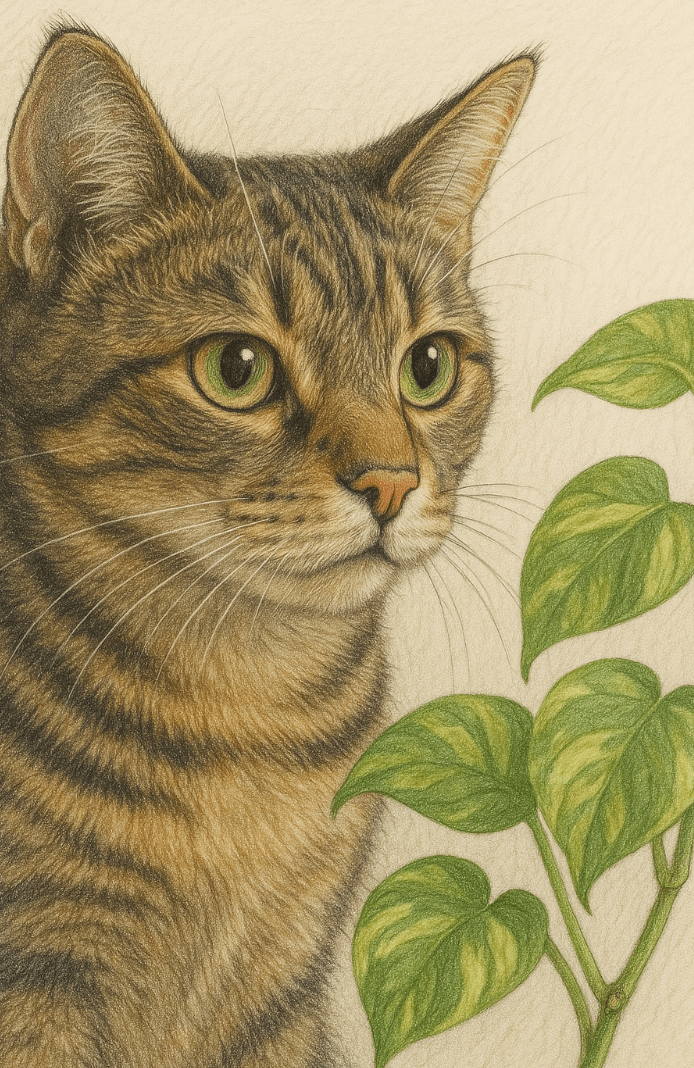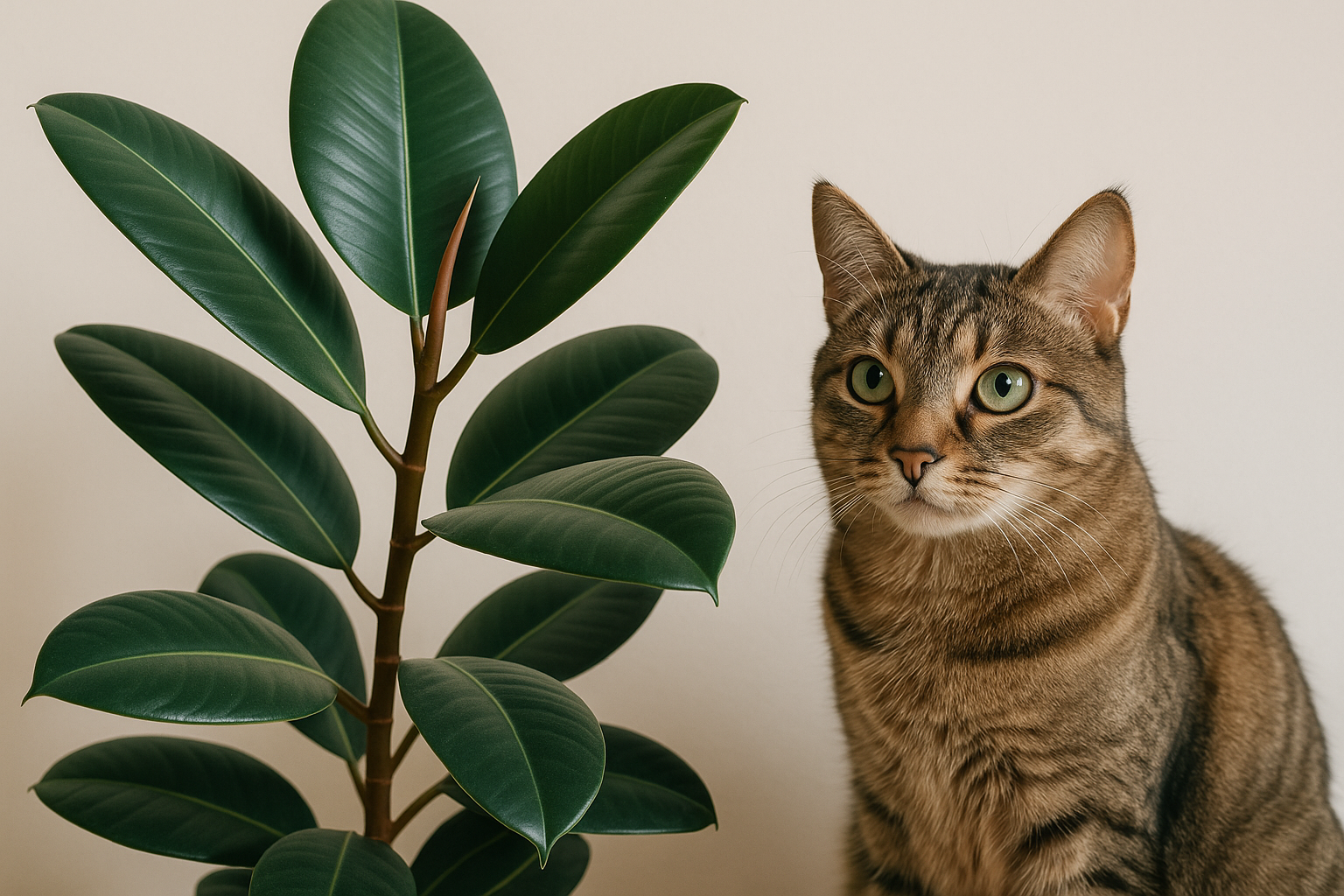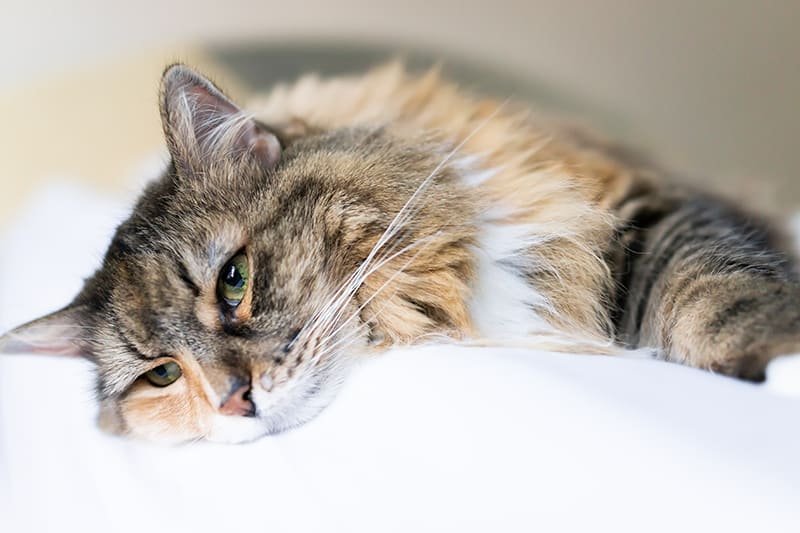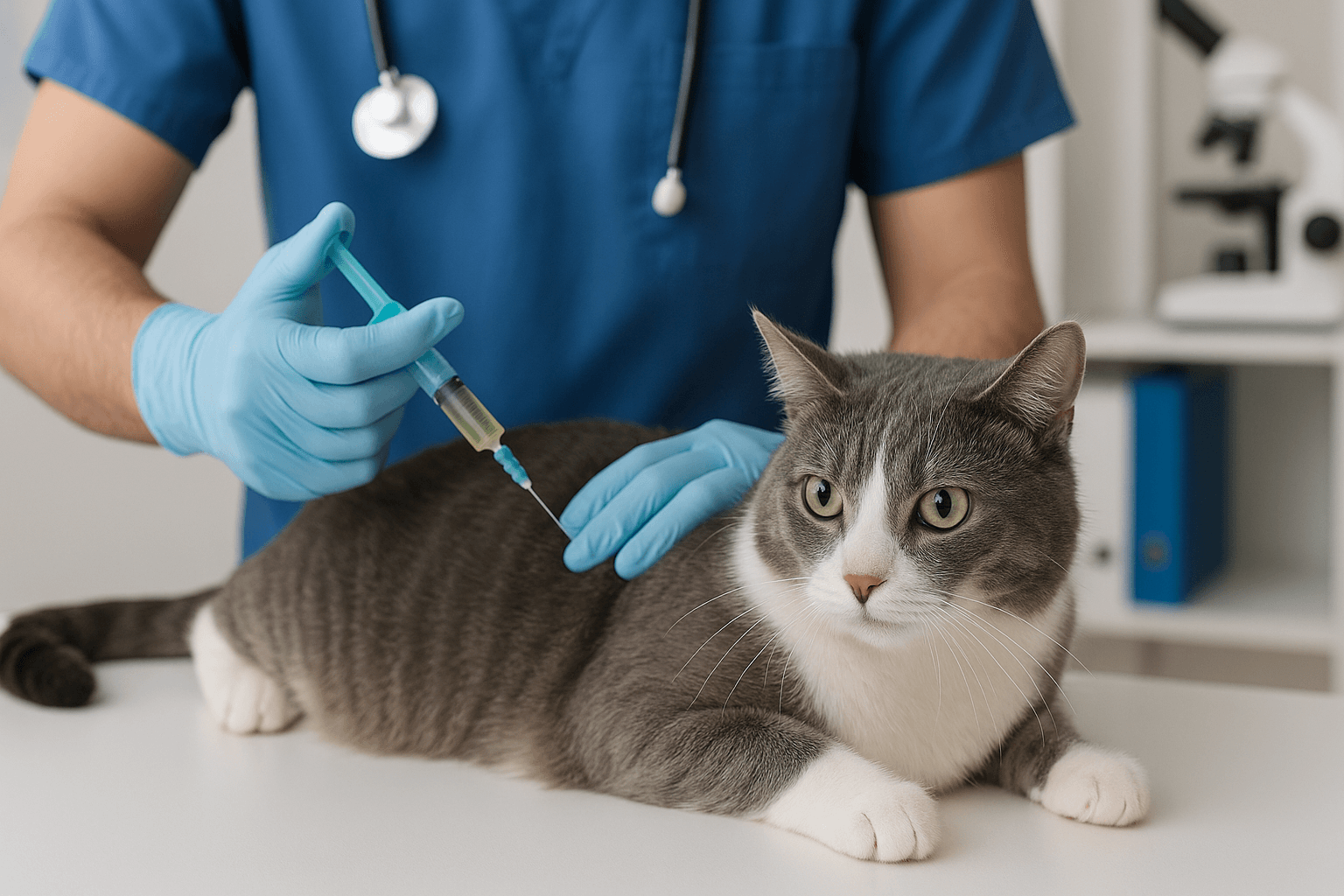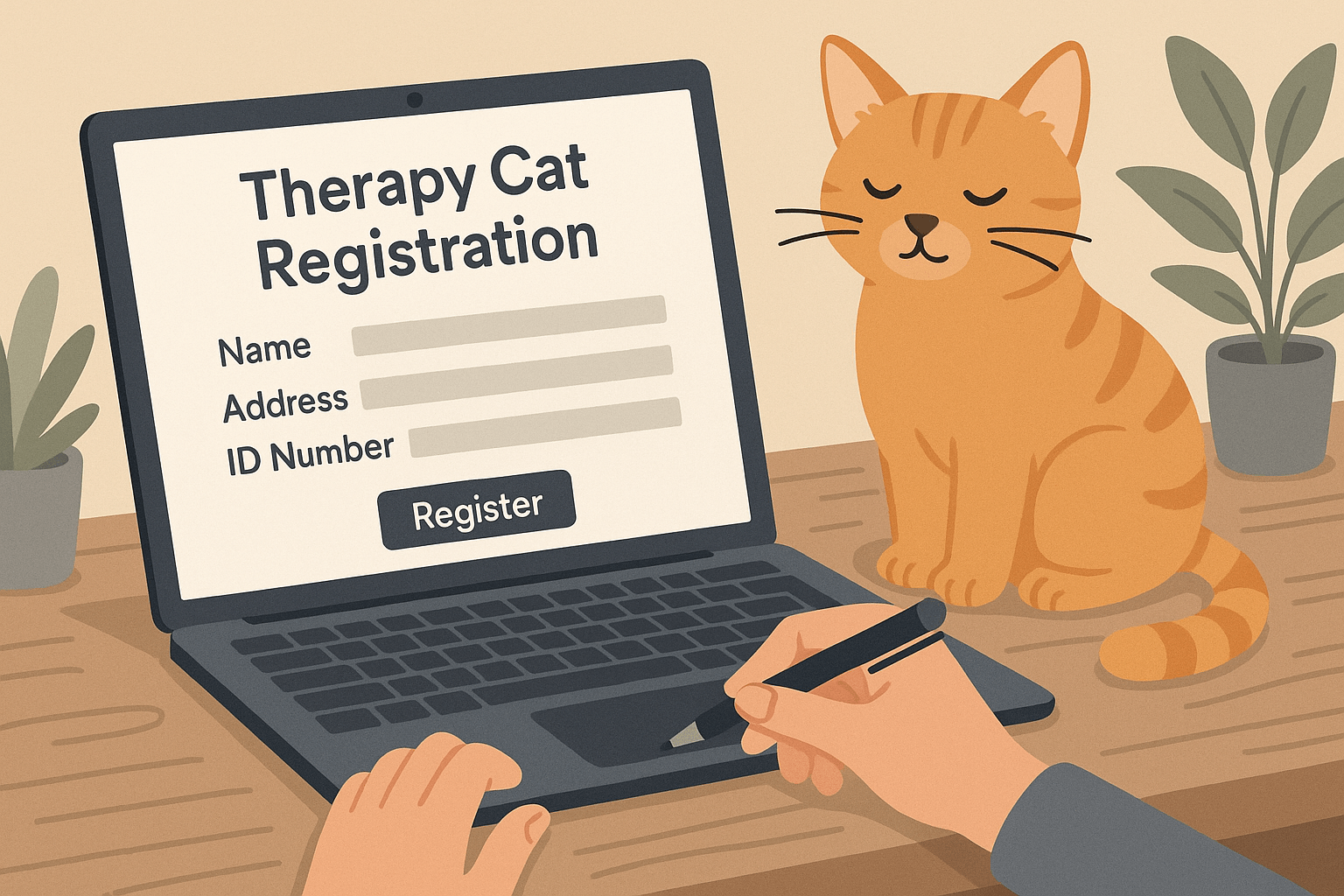Can Cats Eat Pothos? Understanding the Risks and Safety Measures
Pothos, also known as Devil’s Ivy, is a popular houseplant admired for its lush green leaves and low-maintenance care. However, if you’re a cat owner, you might be wondering whether this common plant is safe for your feline friend. Unfortunately, pothos is toxic to cats due to its insoluble calcium oxalate crystals, which can cause irritation and discomfort. While it’s unlikely to be fatal, ingestion of pothos can lead to unpleasant symptoms that may require veterinary attention. In this blog post, we’ll explore everything you need to know about cats and pothos, including why it’s dangerous, how to identify signs of poisoning, and what steps you can take to keep your curious kitty safe.
Why Pothos Is Toxic to Cats
Understanding why pothos poses a risk to cats is key to preventing accidental ingestion. The plant contains compounds that can irritate a cat’s mouth, throat, and digestive system. Here’s a breakdown of why pothos is harmful.
Insoluble Calcium Oxalate Crystals:
These needle-like crystals are found in the plant’s sap and can cause severe irritation when chewed or swallowed.Oral Irritation:
When a cat bites into pothos, the crystals puncture soft tissues in the mouth, leading to pain and swelling.Gastrointestinal Upset:
If ingested, pothos can irritate the stomach and intestines, resulting in vomiting or diarrhea.Potential Airway Blockage:
Swelling in the throat caused by chewing the plant can make it difficult for your cat to breathe or swallow.Non-Fatal but Uncomfortable:
While pothos toxicity is rarely life-threatening, it can cause significant discomfort and stress for your pet.
Knowing these risks underscores the importance of keeping pothos out of reach or opting for safer alternatives if you have cats at home.
Signs Your Cat May Have Eaten Pothos
If your cat has nibbled on pothos, they may exhibit specific symptoms that indicate poisoning. Being able to recognize these signs early can help you act quickly to minimize harm.
Excessive Drooling:
Irritation in the mouth often leads to increased saliva production as your cat tries to soothe the discomfort.Pawing at the Mouth:
Cats may repeatedly paw at their face or mouth in an attempt to relieve the burning sensation caused by the crystals.Vomiting:
Gastrointestinal irritation can trigger episodes of vomiting shortly after ingestion.Loss of Appetite:
Painful oral irritation may discourage your cat from eating or drinking normally.Difficulty Swallowing:
Swelling in the throat can make swallowing challenging, causing visible distress during meals.
If you notice any of these symptoms, contact your veterinarian immediately to ensure your cat receives appropriate care.
Check this guide 👉Can Cats Eat Brownies? Best 7 Expert Tips!
Check this guide 👉Can Cats Eat Baking Soda? Best 7 Expert Tips!
Check this guide 👉Can Cats Eat Sage? Best 7 Expert Tips!
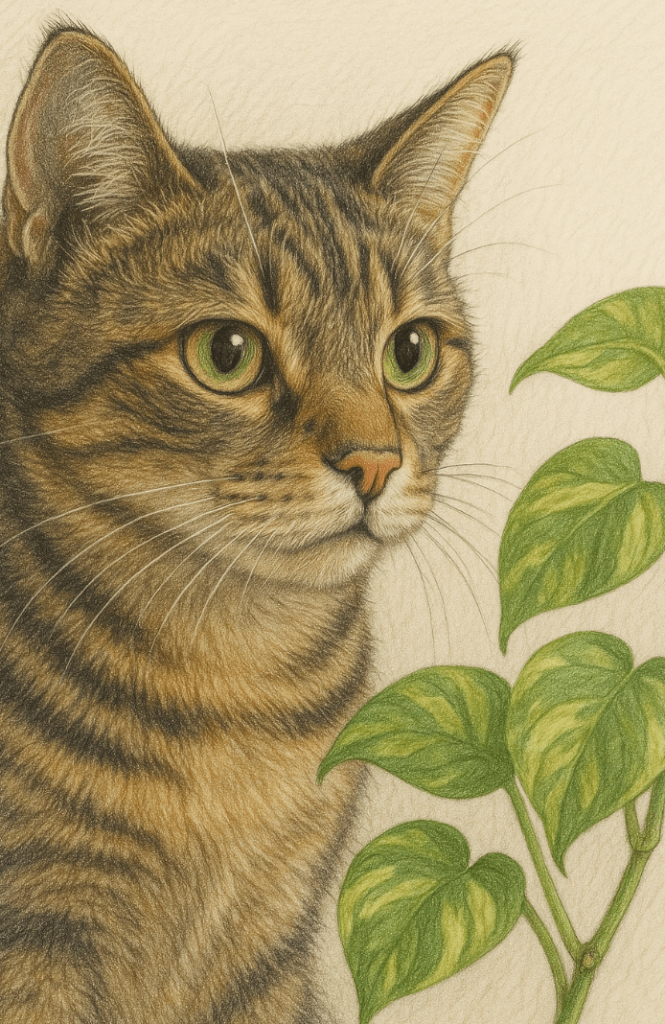
Symptoms of Pothos Poisoning in Cats | Steps to Take If Ingestion Occurs |
|---|---|
Excessive drooling | Remove the plant from your cat’s access |
Pawing at the mouth | Rinse your cat’s mouth with water |
Vomiting | Monitor for worsening symptoms |
Loss of appetite | Contact your veterinarian promptly |
Difficulty swallowing | Avoid inducing vomiting unless advised |
How to Prevent Your Cat from Eating Pothos
Prevention is always better than dealing with the aftermath of poisoning. Taking proactive steps can help safeguard your cat from the dangers of pothos.
Place Plants Out of Reach:
Hang pothos in high places or use shelves that your cat cannot access easily.Use Deterrent Sprays:
Apply pet-safe deterrent sprays to the leaves to make them less appealing to curious cats.Provide Safe Alternatives:
Offer cat-friendly plants like catnip or spider plants to satisfy your cat’s natural urge to chew on greens.Supervise Playtime Near Plants:
Keep an eye on your cat when they’re near areas where pothos is displayed.Consider Plant-Free Zones:
Designate certain rooms as off-limits to pets to eliminate the risk entirely.
By implementing these strategies, you can create a safer environment for your cat while still enjoying your indoor greenery.
What to Do If Your Cat Eats Pothos
Accidents happen, even with the best precautions in place. Knowing how to respond if your cat eats pothos can make all the difference in ensuring their safety.
Act Quickly:
Time is critical—address the situation as soon as you suspect your cat has ingested the plant.Rinse Their Mouth:
Gently flush your cat’s mouth with water to remove any remaining plant material or sap.Remove Access to the Plant:
Ensure no further contact with the pothos plant by relocating it or confining your cat to another area.Call Your Veterinarian:
Provide details about the incident so your vet can advise whether immediate treatment is necessary.Monitor Closely:
Watch for changes in behavior or worsening symptoms, and report back to your vet if needed.
Swift action and communication with your veterinarian will help mitigate potential complications.
Common Mistakes Cat Owners Make with Pothos
Even well-meaning cat owners can inadvertently put their pets at risk when it comes to pothos. Avoiding these common mistakes can prevent accidents and ensure your cat stays safe.
Underestimating Curiosity:
Cats are naturally curious and may investigate plants despite their toxic nature. Never assume they won’t try to taste something new.Leaving Plants Unguarded:
Placing pothos on low tables or countertops increases the likelihood of accidental ingestion. Always prioritize elevated placements.Ignoring Early Warning Signs:
Delaying action when symptoms appear can worsen the situation; seek advice promptly.Using Harmful Deterrents:
Some sprays marketed as deterrents may contain ingredients that are unsafe for pets—always opt for pet-friendly products.Assuming Small Amounts Are Safe:
Even a small nibble can cause irritation and discomfort, so err on the side of caution.
Avoiding these pitfalls ensures a safer coexistence between your cat and your indoor plants.
Safe Houseplants for Cat Owners
If you’re looking to brighten up your home without risking your cat’s health, consider these pet-safe alternatives to pothos.
Spider Plant:
Non-toxic and air-purifying, spider plants are a great option for cat-friendly households.Boston Fern:
This lush, hanging plant adds beauty to any room and is completely safe for cats.African Violet:
Known for its vibrant blooms, the African violet poses no threat to curious kitties.Bamboo Palm:
A tall, elegant plant that improves air quality and is harmless to pets.Cat Grass:
Specially grown grass provides a safe outlet for your cat’s natural grazing instincts.
These plants allow you to maintain a green home while keeping your cat out of harm’s way.
Training Your Cat to Avoid Pothos
Teaching your cat to steer clear of pothos involves patience and consistency. While it may take time, training can reinforce boundaries and reduce the risk of ingestion.
Redirect Attention:
When your cat approaches the plant, distract them with toys or treats to shift their focus.Create Negative Associations:
Use noise deterrents, such as clapping or shaking a can of coins, to discourage interest in the plant.Reward Positive Behavior:
Praise and reward your cat when they ignore or stay away from the pothos.Limit Access to Problem Areas:
Use baby gates or closed doors to restrict access to rooms where pothos is kept.Be Consistent:
Training only works if you consistently enforce boundaries and reinforce desired behaviors.
With dedication, you can teach your cat to respect the boundaries around potentially harmful plants.
Frequently Asked Questions About Cats and Pothos
Is pothos deadly to cats?
No, pothos is not typically fatal but can cause significant discomfort and requires monitoring.
What should I do if my cat chews on pothos?
Rinse their mouth, remove the plant, and consult your veterinarian for guidance.
Are there safe houseplants for cats?
Yes, options like spider plants, Boston ferns, and African violets are non-toxic to cats.
Can I induce vomiting if my cat eats pothos?
It’s best to avoid inducing vomiting unless explicitly instructed by a veterinarian.
How long do symptoms last after ingestion?
Symptoms usually resolve within 24 hours, but prolonged discomfort warrants veterinary attention.
Keeping Your Cat Safe Around Pothos
While pothos is a beautiful and easy-to-care-for plant, its toxicity to cats makes it a risky choice for pet-friendly homes. By understanding the dangers, recognizing symptoms of poisoning, and taking preventive measures, you can protect your feline companion from harm. Remember, your cat relies on you to create a safe and nurturing environment, so consider replacing hazardous plants with cat-safe alternatives. With proper care and vigilance, you can enjoy both your love for plants and your devotion to your furry friend without compromising either.
Is the Rubber Tree Cat Safe? Best 7 Expert Tips! Discover expert advice on keeping rubber plants safely in cat-friendly homes and learn top tips for pet-safe plant care.
Low Red Blood Cell Count in Cats: Best 7 Expert Tips! Discover causes, symptoms, and treatment options for feline anemia. Learn how to support your cat’s health effectively with expert advice.
Understanding Megacolon Treatment: Best 7 Expert Tips! Discover effective strategies to manage feline megacolon, from dietary changes to surgical options, ensuring your cat’s comfort and long-term health.
How to Register a Therapy Cat: Best 7 Expert Tips! Discover essential steps to certify your cat as a therapy animal, prepare them for training, and make a meaningful impact in therapeutic settings.

